Hoverboards: From Sci-Fi Fantasy to Potential Reality
Introduction:
The concept of hoverboards, popularized by science fiction films and literature, has long captivated the imagination of people around the world. The idea of effortlessly gliding above the ground on a levitating platform has become an iconic symbol of futuristic transportation. But will we ever see a fully functioning hoverboard in our daily lives? In this article, we explore the current advancements and challenges in hoverboard technology to determine the feasibility of this sci-fi dream becoming a reality.
The Current State of Hoverboard Technology:
While hoverboards resembling those seen in movies like “Back to the Future” have yet to materialize, significant strides have been made in the development of personal transportation devices that offer similar features and experiences. These modern-day hoverboards typically utilize self-balancing technology, electric propulsion, and gyroscopic sensors to provide smooth and intuitive movement on the ground.
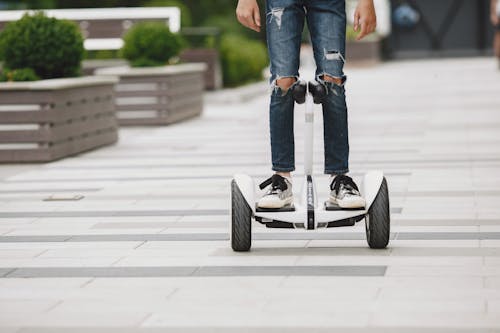
Electric Skateboards and One-Wheel Devices:
In recent years, electric skateboards and one-wheel devices have gained popularity as innovative personal transportation options. These devices utilize electric motors and battery-powered systems to provide efficient and eco-friendly mobility. While they do not hover above the ground, they offer a sense of freedom and exhilaration akin to the concept of a hoverboard.
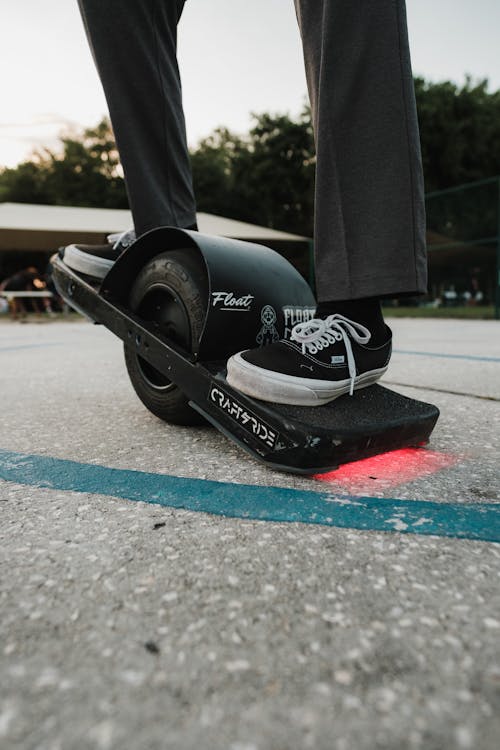
Magnetic Levitation (Maglev) Technology:
Another avenue being explored for hoverboard-like transportation is magnetic levitation (Maglev) technology. Maglev trains, which use magnetic repulsion to hover and propel themselves, have already been implemented in certain regions. The potential application of this technology to smaller-scale personal transportation devices is being explored, though challenges such as power requirements and infrastructure limitations remain.
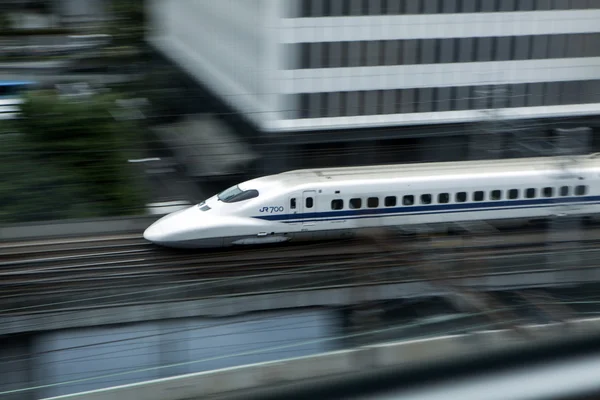
Challenges and Considerations:
Several challenges must be addressed before a fully functioning hoverboard can become a reality. The most significant hurdle is overcoming the limitations of physics and engineering. Achieving stable levitation and propulsion without external infrastructure or restrictive conditions poses a considerable technological challenge. Moreover, ensuring safety, efficiency, and affordability are vital factors that need to be addressed.

Power Requirements and Battery Technology:
Hoverboards would require compact and powerful energy sources to generate sufficient thrust and sustain flight. Current battery technology limitations, such as energy density and weight, pose challenges for prolonged hoverboard operation. Advancements in battery technology will play a crucial role in determining the feasibility of hoverboards as a practical means of transportation.
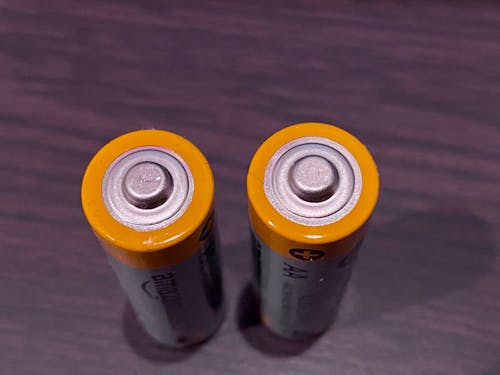
Regulatory and Safety Considerations:
The introduction of a new mode of transportation would necessitate the establishment of regulatory frameworks and safety standards. Governing bodies would need to address issues related to airspace management, traffic control, and user safety. Developing a comprehensive regulatory framework would be essential to ensure the safe integration of hoverboards into existing transportation systems.

Conclusion:
While the concept of a fully functioning hoverboard continues to captivate our imaginations, several technological and practical challenges must be overcome before they become a reality. As we witness advancements in self-balancing technologies, electric propulsion systems, and battery technologies, the dream of hoverboards is gradually inching closer to reality. While we may not see the iconic floating boards depicted in movies just yet, the progress being made in personal transportation devices offers a glimpse into the exciting possibilities that lie ahead. As technology continues to evolve, it is conceivable that we may one day experience the thrill of gliding effortlessly on a fully functioning hoverboard. Until then, let us embrace the ongoing advancements and eagerly await the future possibilities that may unfold.
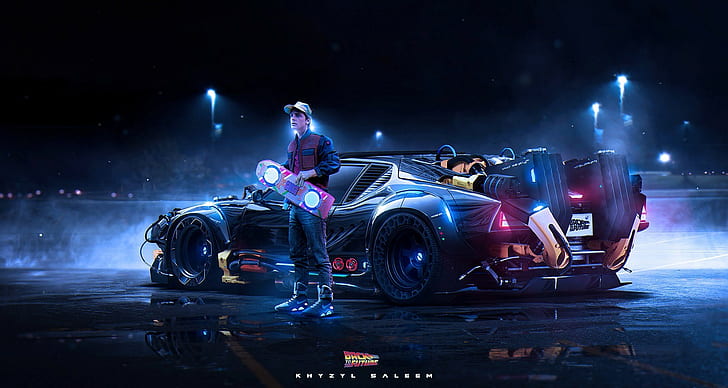
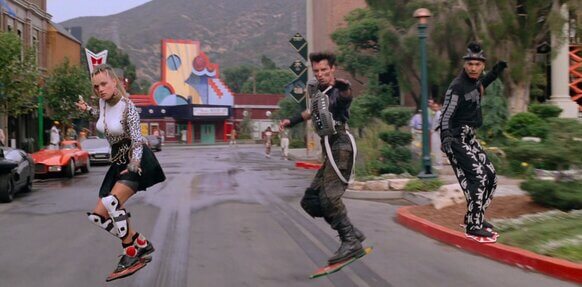
Leave a Reply